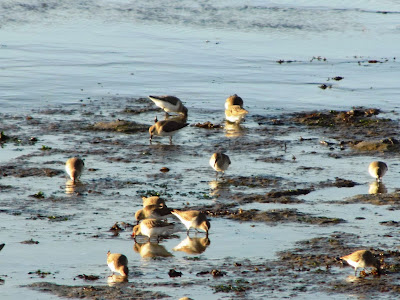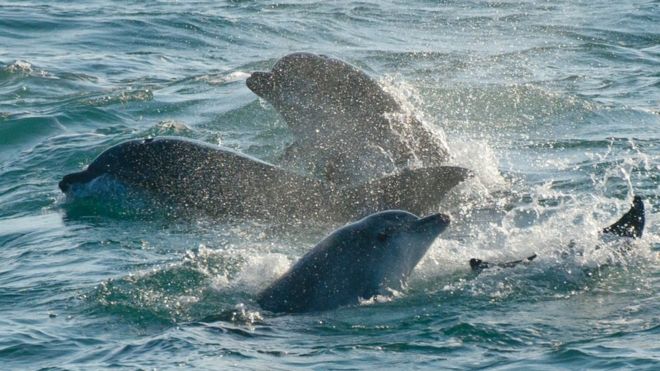For some time now I've been trying to get a photo of a goldcrest to share here but it's proven a challenging task. As well as being tiny, they dart around all over the place so finding one still enough to take a photo which doesn't end up blurry is very tricky. I was therefore very frustrated when one sat right in front of me last weekend when I was out in torrential rain without my camera. The best I could manage was this low-quality phone shot.
Goldcrests are, along with the firecrest, the UK's smallest bird. They are usually around 9 centimetres long and weigh about 5.5 grams which is about the same as a twenty pence piece(1). Though many goldcrests stay in the UK all year round, many migrate from Scandinavia and mainland Europe to spend the winter here. Early ornithologists couldn't believe that such a tiny bird could migrate so far and thought they rode on the backs of short-eared owls or woodcocks, a great image but not true of course(2).
Goldcrest are almost entirely insectivores and spiders are an important part of their diet- that's likely what this individual was looking for when I saw it, looking for spaces in the old railway bridge where spiders might be lurking.
For the first time I have an amphibian to share with you. I was just around the corner from my house when I spotted this common frog sitting in the middle of the pavement.
Being right in the middle of the footpath in fading light was obviously a dangerous place for this frog to be so I gave it a gentle poke and it hopped safely into the undergrowth.
Frogs hibernate in the winter so it's very early in the year to be seeing one. It is recorded that they start emerging from January though, as long as the night temperatures are higher than 5 degrees C(3). Given how early this one emerged it's likely it's a male- they tend to come out first and head towards a waterbody where they will wait for the females to arrive. Though not accessible for humans, this frog was actually only about fifteen metres away from the fishing lake so that is likely where it would be heading.
When I write this blog I try my best to not write about the same species all the time so I usually have photos of things I don't end up sharing. As I'm really short on content and the month is drawing to a close I thought I'd share some of my previously unseen photos from January along with a few comments about some of them.
First, here's a few of the usual suspects from a recent visit to Lymington-Keyhaven:
 |
| A group of dunlin |
 |
| Wigeon |
 |
| Shelduck |
 |
| Teal |
My most regular walk is along a stretch of the River Avon where I always find plenty to take photos of.
 |
| Mute Swan |
 |
| Carrion Crow |
I tend to regularly see crows all over the local area- though many birds are opportunist to some extent, crows are the more than any. Mostly I see them sitting in trees like this one where they can eat fruit or in fields where they find grain. I occasionally see them mobbing the local buzzards- they may be trying to steal prey from them- and a few weeks ago one was feeding on a dead fish which was lying on a bit of exposed gravel in the middle of the river. They will happily steal eggs and even hunt.
 |
| Grey Heron |
These birds are surprisingly not instantly recognisable but they are female pheasants. Other than the shape and length of the tale they don't look very much like the males at all. I can only assume that the reason we see them far less than males is that they are much less noticeable and blend in well. Male pheasants happily breed with more than one female and then play no part in incubating or raising the chicks(4) so though they may be overlooked it's the females who are far more important to the species.
 |
| Song Thrush |
That's all for today and fingers crossed the weather will improve other the next few weeks!


























